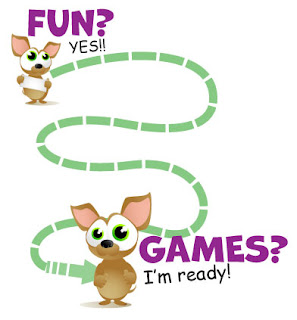Over the past semester I have had the pleasure of participating in one of the funnest university courses that is offered here at TRU. With this class, I have had the opportunity to learn and play new games, that I will definitely take with me throughout my own teaching career. This class has given me the opportunity to work with people that I would probably not normally have worked with (ie first group project) and step out of my comfort zone in doing so. PHED 1280 also gave me that extra confidence with my public speaking/presentation skills, with having to present 2 group presentations to the class.
The 2 models of teaching games, that this class focused on were, the social and personal responsibility model and the teaching games for understanding model.
The social and personal responsibility model has 5 main levels of focus. They are:
1. Respecting the Rights and Feelings of Others
2. Participation and Effort
3. Self Direction
4. Helping Others
5. Incorporation Outside of the Gym
The main focuses of the model listed above will really help children or students of any age take what they have learned in their PE class and apply these fundamentals outside of the gym class and into their everyday lives. I believe that this model is an essential tool for children to learn skills that can be beneficial to many aspects of their lives.
The teaching games for understanding model has the emphasis of teaching game appreciation and decision making for the game before even playing the game. This approach allows students to really understand the concepts of the game and play modified versions of the game before having to actually participate in the full version of the game. This model allows children to learn how to make practical decisions and appreciation for the game before the emphasis of skill execution is emphasized.
These two models of teaching, though different, when used simultaneously can be very beneficial. By using each of these models as an instructional method in a PE class, a teacher is now giving the students an opportunity to learn how to make practical decisions of a game, while at the same time they would be learning skills that could benefit them outside of gym class.
The social and personal responsibility model has 5 main levels of focus. They are:
1. Respecting the Rights and Feelings of Others
2. Participation and Effort
3. Self Direction
4. Helping Others
5. Incorporation Outside of the Gym
The main focuses of the model listed above will really help children or students of any age take what they have learned in their PE class and apply these fundamentals outside of the gym class and into their everyday lives. I believe that this model is an essential tool for children to learn skills that can be beneficial to many aspects of their lives.
The teaching games for understanding model has the emphasis of teaching game appreciation and decision making for the game before even playing the game. This approach allows students to really understand the concepts of the game and play modified versions of the game before having to actually participate in the full version of the game. This model allows children to learn how to make practical decisions and appreciation for the game before the emphasis of skill execution is emphasized.
These two models of teaching, though different, when used simultaneously can be very beneficial. By using each of these models as an instructional method in a PE class, a teacher is now giving the students an opportunity to learn how to make practical decisions of a game, while at the same time they would be learning skills that could benefit them outside of gym class.




































